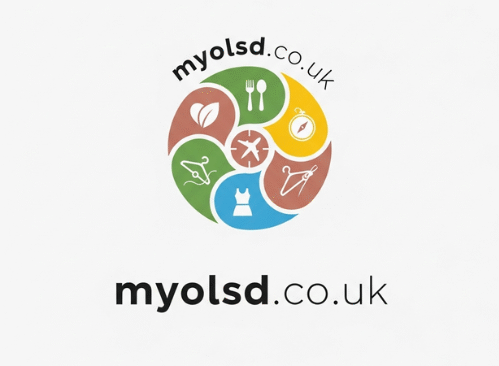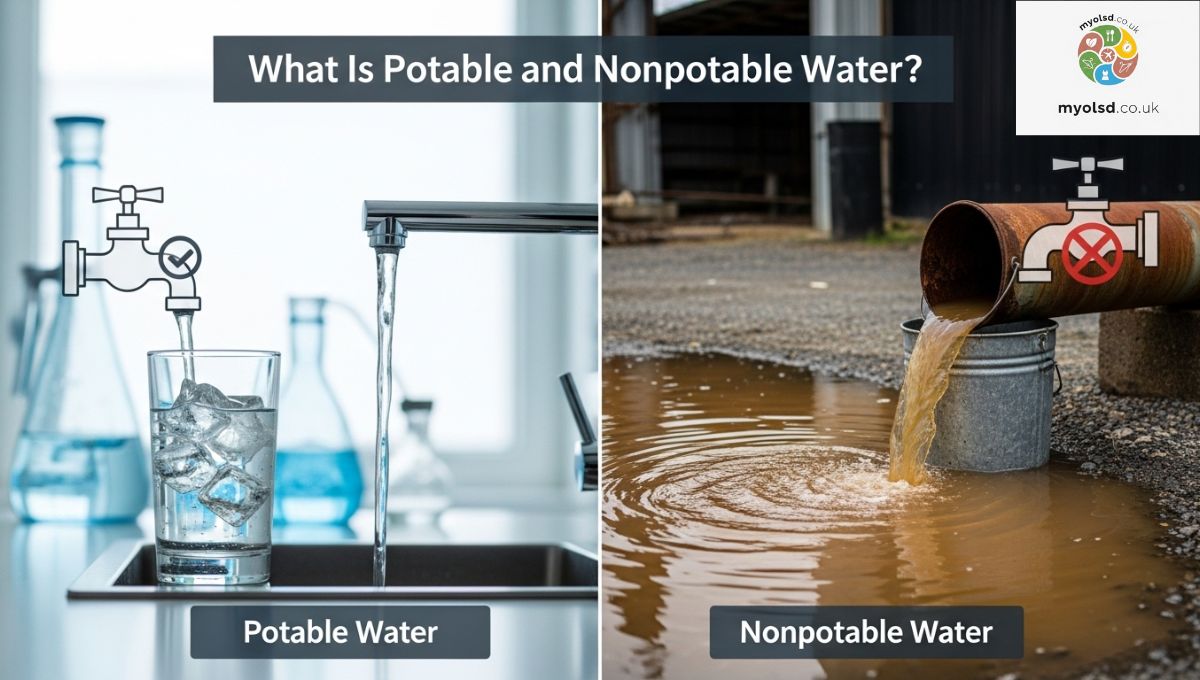Sometimes it feels confusing when people start talking about different types of water. You might wonder, Water is just water, right? But then terms like potable and nonpotable pop up, and suddenly it’s not so simple. If you’ve ever asked yourself what is potable and nonpotable water are, you’re not alone.
This blog will clear up that confusion in a simple way. We’ll break down what each term means, where the water comes from, and how it’s used in everyday life. By the end, you’ll know the difference, why it matters, and how choosing the right type of water can keep you safe and save resources.
What Is Potable Water?
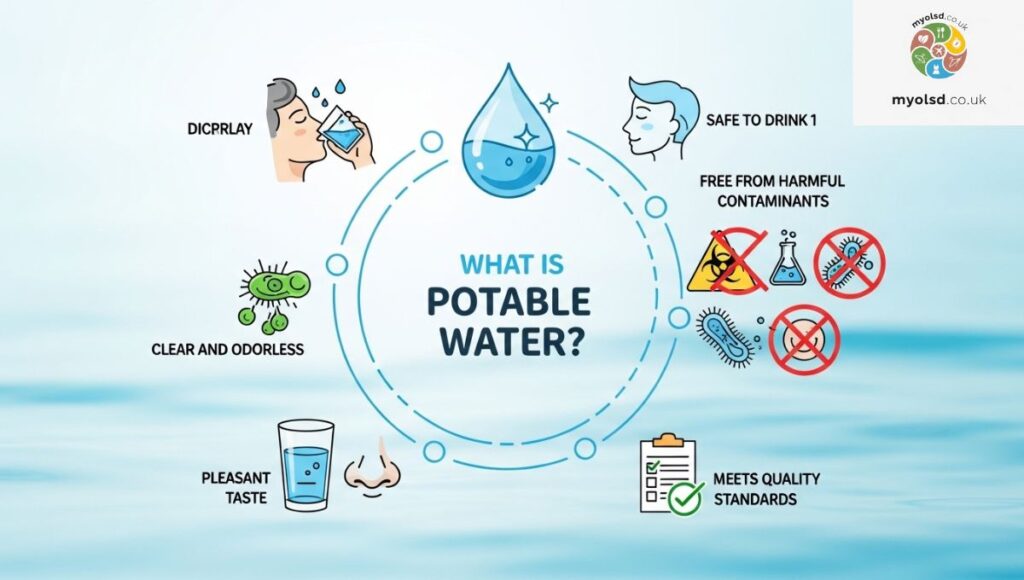
Potable water is simply water that’s safe for human consumption. This means you can drink it, cook with it, wash food, or even brush your teeth without worrying about harmful pathogens or contaminants. Potable water comes from sources that have been treated or naturally protected, such as municipal water systems, deep aquifers, or carefully managed private wells.
The word potable itself comes from the Latin word potare, meaning to drink. That’s why potable water is often just called “drinking water. It’s more than just hydration, though it’s about safety. Potable water must meet strict water quality standards that control levels of bacteria, pollutants, nitrates, lead, chlorine, and other potentially harmful substances.
The Use of Potable Water
You might think of potable water only as something you drink, but in reality, its uses go much further. Every time you wash dishes in your kitchen, rinse vegetables, or prepare a meal, you’re using potable water. Hospitals, clinics, and restaurants also rely on it for sterilization, cooking, and sanitation because it’s safe for direct human contact.
Potable water also plays a key role in daily hygiene, showers, handwashing, laundry, and even personal grooming, all require water that won’t make you sick. In industrial or commercial settings, potable water is sometimes needed for food processing, catering services, or pharmaceutical manufacturing. In short, potable water is the standard whenever there’s a chance that water could end up inside your body or touch your skin in ways that might lead to ingestion.
Read more Article:What Is the Bed Size on Ford Ranger?
How Potable Water Tanks Work
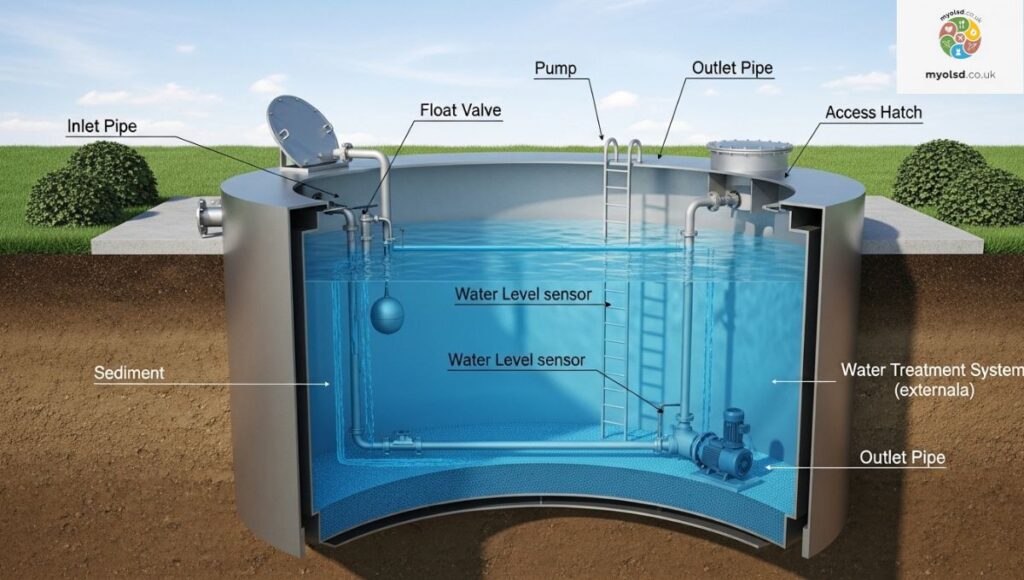
If you’ve ever seen a water tank labelled potable, it means the tank has been specially designed and certified for safe drinking water storage. These tanks must meet WRAS certification (Water Regulations Advisory Scheme) or similar standards, ensuring the material doesn’t leach chemicals or contaminants into the water.
Most potable water tanks are made from food-grade plastic, stainless steel, or lined concrete, and they have smooth, non-porous surfaces that prevent bacteria from collecting. Tank relining and repair are also important over time; damage or cracks can introduce contamination. Regular inspections, along with compliance with water storage regulations, keep potable tanks reliable for household supply, healthcare facilities, and even emergency response situations.
The Use of Non-Potable Water
Non-potable water, on the other hand, is not safe for drinking or direct human consumption. That doesn’t mean it’s useless; in fact, nonpotable water is incredibly valuable for activities that don’t involve drinking. For example, it’s commonly used in toilet flushing, urinal systems, gardening, irrigation, dust suppression, car washing, and even construction projects like concrete mixing.
Think about rainwater harvesting systems. The water collected from rooftops isn’t clean enough to drink, but it’s perfect for watering plants, washing vehicles, or feeding irrigation systems. Similarly, reclaimed water and greywater (wastewater from sinks, washing machines, or showers) are often reused for non-potable purposes, supporting sustainable water use and reducing demand on drinking supplies.
How Non-Potable Water Tanks Work
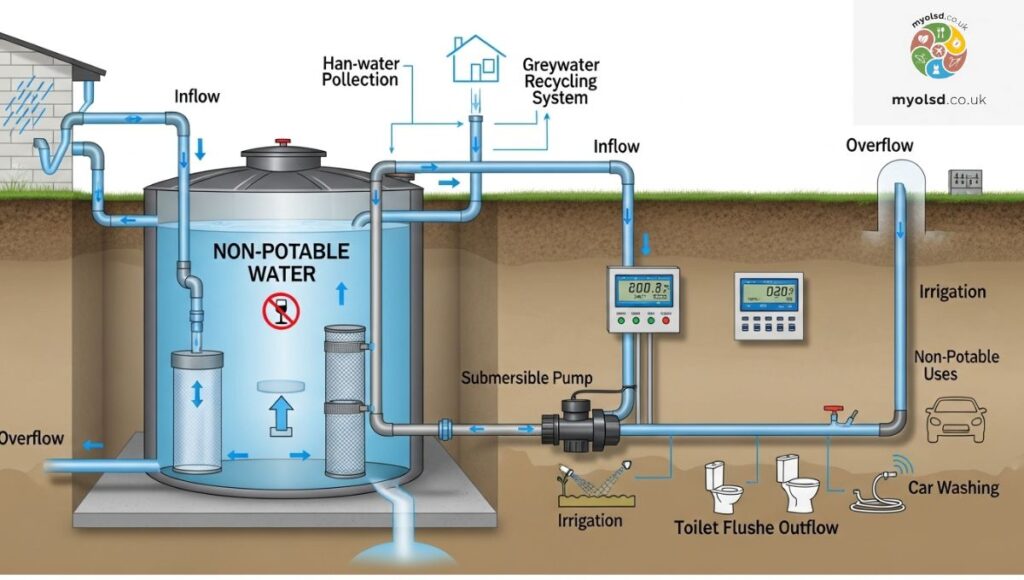
Non-potable water tanks look similar to potable tanks but aren’t designed for a safe drinking supply. These tanks often have porous surfaces or use materials that aren’t food-grade, meaning bacteria can grow or chemicals may leach into the water. That’s why they’re clearly labelled with non-drinking symbols and signage compliance, so nobody accidentally uses the wrong water.
Industries use non-potable tanks for cooling systems, industrial processes, sewer cleaning, firefighting reserves, and landscaping projects. In agriculture, farmers use non-potable storage for crop irrigation and dust control, while in urban areas, city services rely on them for street cleaning and sanitation facilities at events or construction sites. They’re essential in daily infrastructure but must never be confused with potable supply.
Why the Distinction Matters
At first glance, potable vs. nonpotable water may sound like a simple label. But in practice, mixing the two can create serious risks. Using non-potable water for cooking or drinking can expose people to pathogens, pollutants, or bacteria that cause gastrointestinal diseases and other health problems. On the other hand, using potable water for tasks like dust suppression or toilet flushing is wasteful and expensive, especially as climate change and population growth put pressure on water resources.
That’s why proper labelling, cross-contamination prevention, and separate piping systems are essential. Businesses, municipalities, and households alike need to understand the difference not just for compliance with regulations, but also for sustainability and public health protection.
Sources of Potable and Non-Potable Water
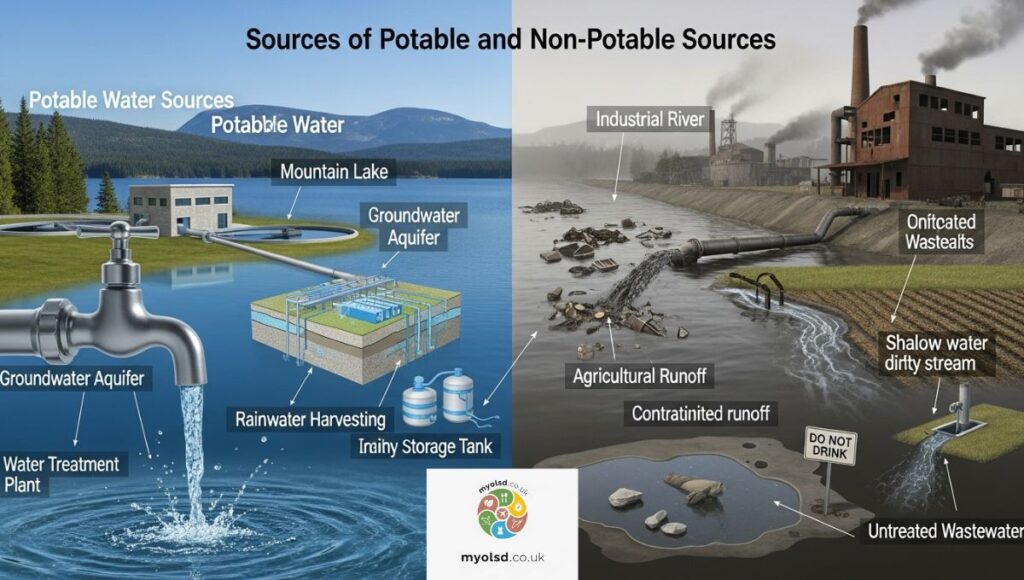
- Potable sources: municipal water treatment plants, bottled water delivery, protected groundwater, aquifers, rivers and lakes with purification, and private wells (with compliance testing).
- Non-potable sources: untreated surface water, stormwater runoff, greywater, blackwater, harvested rainwater, recycled industrial wastewater.
Knowing the source helps determine the right storage, treatment, and use for each water type.
Can Non-Potable Water Be Made Safe for Drinking?
Yes but only with proper treatment methods. Non-potable water can go through advanced processes like filtration, disinfection, sedimentation, chlorination, ultraviolet treatment, and reverse osmosis. These methods remove harmful bacteria, microorganisms, and pollutants, making the water safe for human consumption.
However, not all non-potable water is worth treating. Sometimes, the cost, effort, or contamination level makes it impractical. That’s why most non-potable water is reserved for non-drinking applications unless there’s an emergency or lack of alternative supply.
Conclusion
So, now you know what is potable and nonpotable water, one is safe for drinking and personal use, while the other plays a huge role in agriculture, industry, and everyday tasks like flushing toilets and watering gardens. Potable water is vital for your health, while non-potable water helps conserve resources and support sustainable living.
The real takeaway? Both types are essential. By understanding the difference, using proper tanks, and following water safety standards, you can protect yourself, your family, and your community while also contributing to smarter, more sustainable water use.
FAQS
What distinguishes potable water from nonpotable water?
Potable water is safe to drink, whereas nonpotable water is unsafe for consumption.
What is the meaning of potable water?
Potable water refers to water that is safe for people to drink.
What is portable and nonpotable water?
Portable water is water you can carry easily, while nonpotable water isn’t safe for drinking.
The difference between potable and portable water?
Potable refers to drinkable water, while portable means water that can be moved or transported.
